NAPA, Calif. — The past and the present intersected in a way that encouraged camaraderie when people from all walks of life came to the inaugural Napa Cowboy Gathering, a three-day event held recently at the Napa Valley Horsemen’s Association on Foster Road.
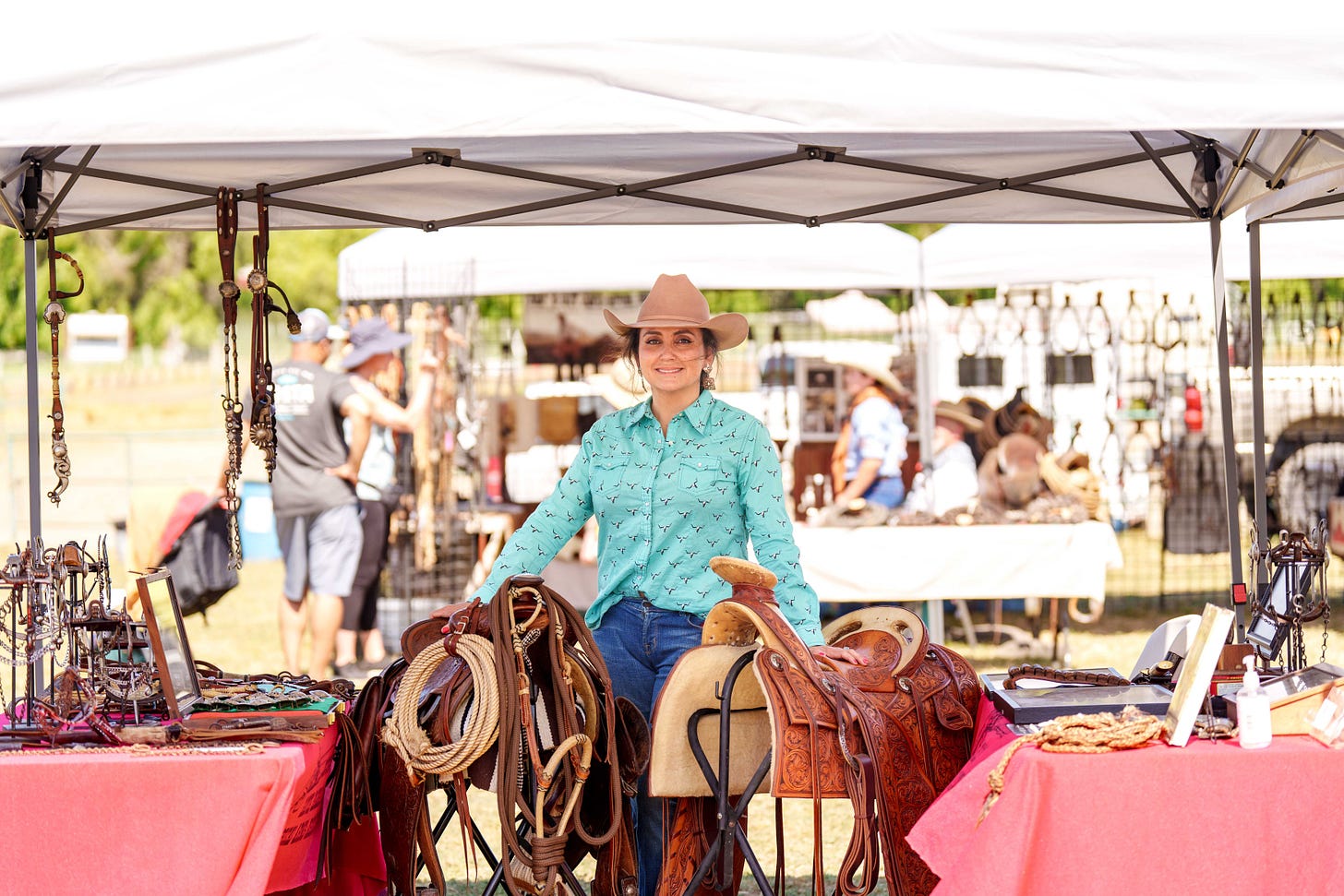
Lasso lessons, saddle shows and stories about early life in California fascinated old and young alike. People wearing cowboy hats watched horse and cattle demonstrations and attended workshops on how California’s earliest cowboys took care of animals and the land. In the evening they sat on bales of hay and canvas-covered stumps listening to Cowboy Hall of Fame musician Dave Stamey.
“The Cowboy Gathering aims to introduce the next generation to a culture that was more sustainable, caring and tight-knit,” said Elisa Turner, who co-founded the Napa event with Loren Crow and Brandon Penserini. “That is why we chose the theme ‘learning from the past to benefit the future.’”
“We honor the interconnected culture of the ‘Californios,’ the indigenous cowboys of California, for their practices around regenerative agriculture,” Turner said. “Their ranching practices allowed the land time to heal itself after each harvest. It wasn’t just about training horses; it was a whole way of being.”
The Californios were a melting pot of people who learned from indigenous Californians and combined those skills with the conquistador culture and that of Euro-American settlers, Turner said. The way they took care of cattle, horses and other farm animals while overseeing large sections of the California hills was exemplary.
The Napa Historical Society curated a pop-up exhibit at the event that included information about early California and the Californios (vaqueros is the Spanish term). A little-known fact is that Napa established the first horsemen’s association in California, Turner said. In addition to sharing information, the historical society had anthropologists collecting stories during the cowboy gathering’s inaugural event.
Master craftspeople and artists brought creations that included saddles, bits and spurs, jewelry, clothing and riatas (the traditional braided rawhide ropes that were used by the vaqueros and are still highly valued in today’s working cowboy circles).
Sponsor with the heart of a cowboy
A major sponsor of the gathering was the Alpha Omega Winery owned by Robin and Michelle Baggett. The couple said they enjoyed it and are looking forward to next year’s event.
“Everybody there was very genuine and friendly,” Michelle Baggett said. “We all came together like family. There are so many rewards to having a cowboy renaissance here in Napa, and it was a real privilege to have a musician of Dave Stamey’s caliber perform. He’s my husband’s favorite. He sounded so good.”
Robin Baggett has a longstanding love of horses. He has been riding with the Rancheros Visitadores for 38 years. Each year the group’s more than 700 riders meet on ranchland in Santa Barbara and travel northward on a 60-mile journey across the countryside. In the past Clark Gable, Walt Disney and Ronald Reagan rode with the Rancheros Visitadores. Members sleep under the stars, and their saddles are their pillows.
Robin Baggett is now in a position of influence and financially secure enough to help others, but things weren’t always that way, he said. The Baggett family had lived in Texas for five generations, but during the Great Depression his grandfather, who was “kind of a cowboy and loved horses,” moved the family to California.
“It was like the ‘Grapes of Wrath’ that Steinbeck wrote about,” he said. “All they had when they showed up was in their Model T. They were the original homeless. They lived in cardboard boxes under the Salinas River Bridge.”
His father was only 2 years old when Baggett’s grandparents and their siblings arrived in Salinas. They eventually found an abandoned house to stay in, and his grandmother, who was the only one of their group who could get a job, supported eight people earning only 25 cents an hour.
Fast forward to the present, Baggett is following the example of his friend, Jack Varian, the award-winning conservationist who put 17,000 acres of the V6 Ranch into protection in 2001 under a conservation easement, ensuring the ranch will stay open and undivided for perpetuity.
“Jack was a pioneer in land conservation,” Baggett said. “He developed a concept called an agricultural cluster, where only a portion of the ranch was used for housing development and the remainder of the land was preserved in open space for perpetuity. We followed Jack’s lead and did the same ag cluster on our ranch.”
Baggett is planning to pass along his passion for horses to his grandchildren and teach them to “ride like a vaquero.”
“What the vaqueros did horsemanship-wise, there’s no one close to them,” Baggett said. “They are the true cowboys. They are in perfect balance with the horse.”
Learning to see from a horse’s perspective
Bruce Sandifer and Heather Kornemann gave demonstrations of roping and stock-handling at the gathering. Sandifer, founder of the Californio Bridlehorse Association, is a renowned horseman who has been working with horses most of his life. At an early age he began pursuing his cowboy dreams by getting hired on “any big outfit” that would take him on, never caring about the pay or what the job entailed.
Though Sandifer was able to ride a lot of colts and horses that other people couldn’t handle, he learned that what it takes to win in the show pen isn’t what he wanted from life. For years Sandifer has been teaching the Californio method of relating to horses.
“I can tell from my own experience and those of my students that the early Californios developed one of the most brilliant and sophisticated systems of handling horses that I have ever seen or read about,” he said. “The real proof is in how all horses react to this type of working. Without fail they are happier and perform better.”
“There is value in learning to see things from the horse’s perspective," Sandifer said. “If you are honest with your horses, really trying to do the best for them, they will forgive any transgression.”
Napa’s cowboy sculptor
The work of local sculptor Carl Ciliax was represented at the gathering. Ciliax, whose family’s roots go deep into the West, can nearly bring his bronze horses and their riders to life.
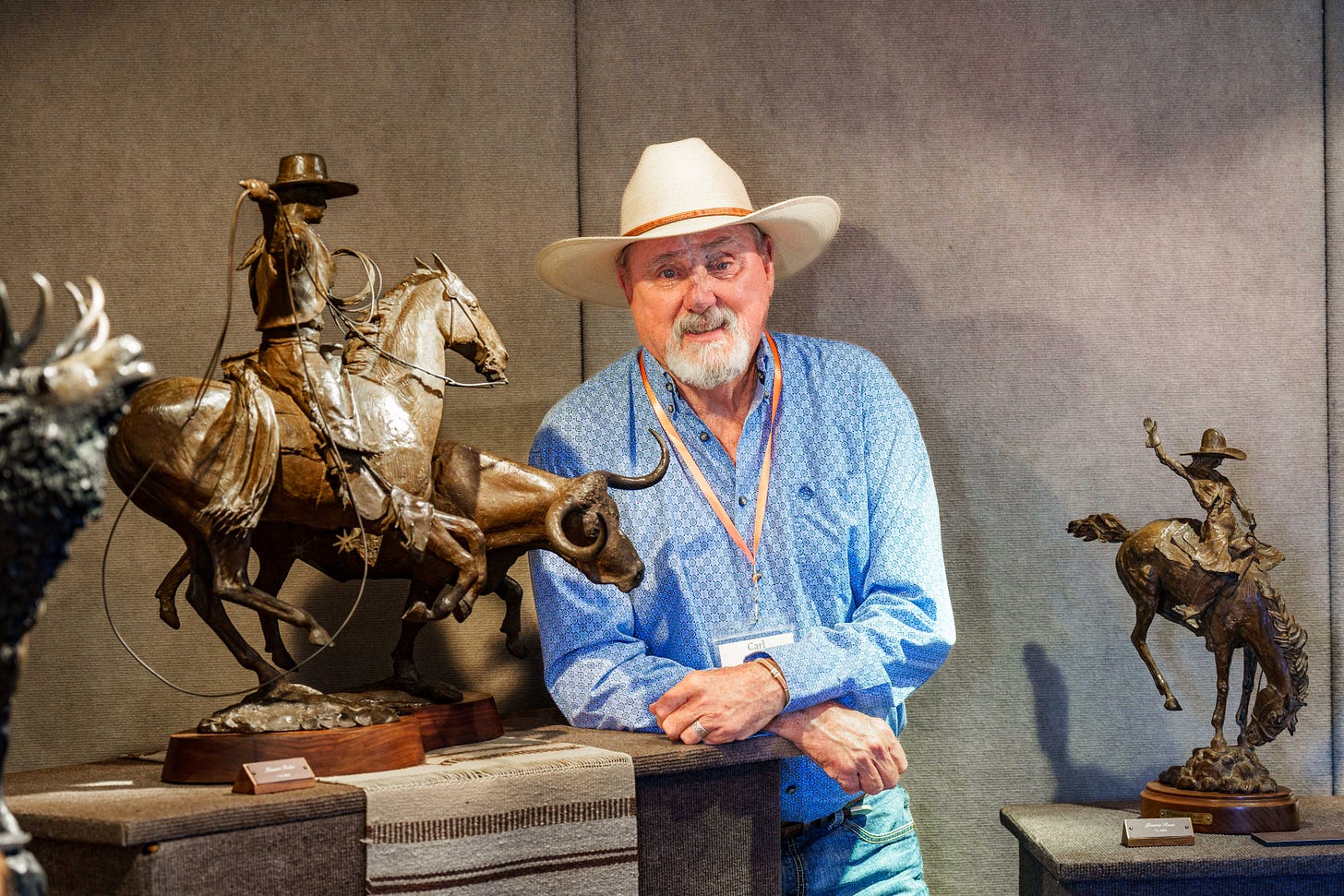
Observing horses when he was “in the horse business and living a cowboy life” during his younger years helped him gain the accuracy of form and movement that are a hallmark of his finely detailed Western sculptures.
“I want my sculptures to do more than just tell a story,” Ciliax said. “I hope you can feel the way it was — and still is.”
Ciliax and his life partner and fellow artist, Beverly Wilson, said that for years they have enjoyed going to cowboy gatherings around the country and meeting other artists and craftspeople who have become friends. They said they are pleased that Napa will now be hosting these events, and the organizers said they are looking forward to next year's gathering, too.
Rosemarie Kempton is a Napa Valley-based journalist





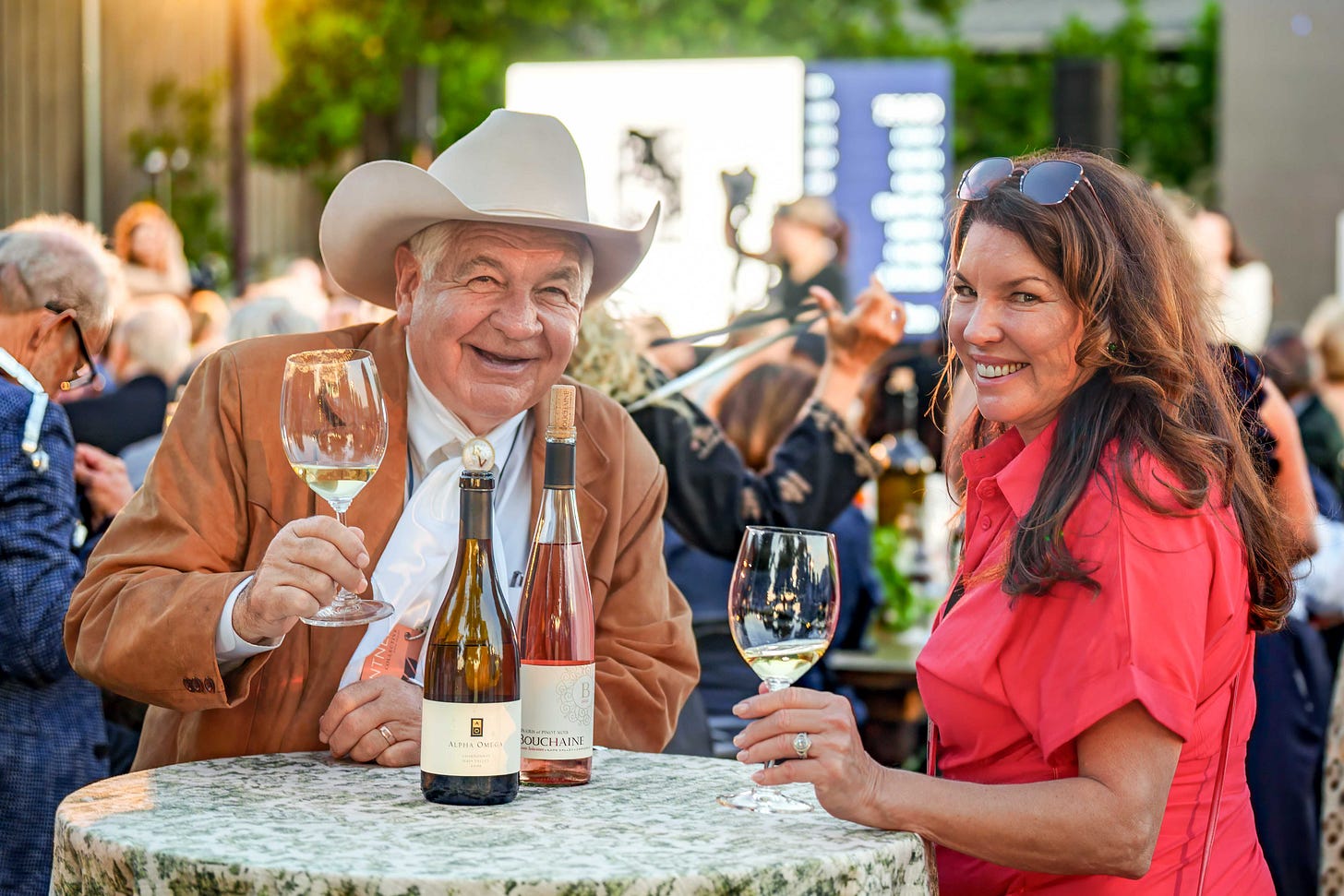
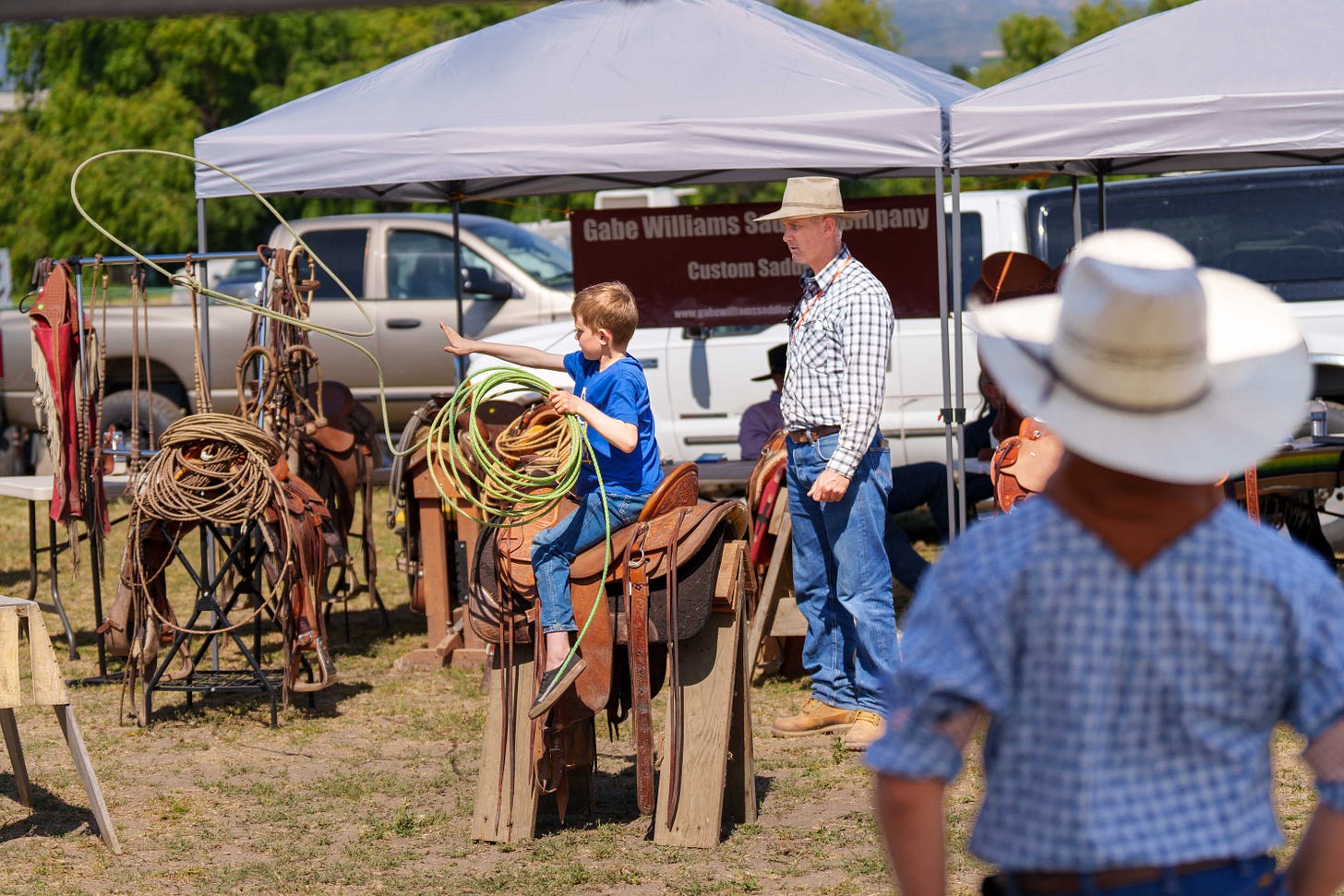
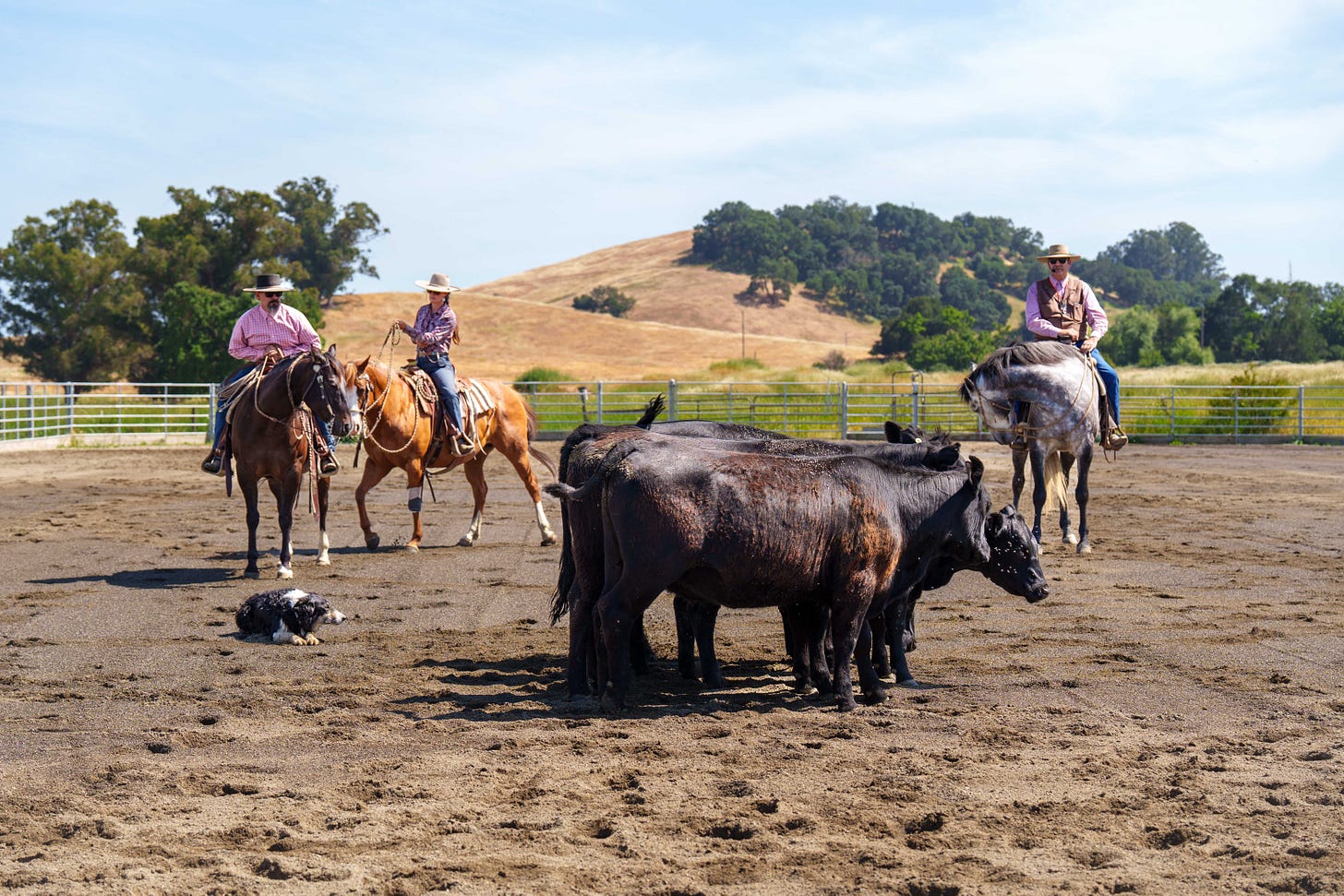
Somehow, I missed that this event was even happening! I’m so bummed to have missed the opportunity to attend. Hoping it becomes an annual event!
This is a very complete story about early methods of letting the land rest between planting crops. I also enjoyed reading about the history of esrly cowboys in California and the different way of handling the horses.